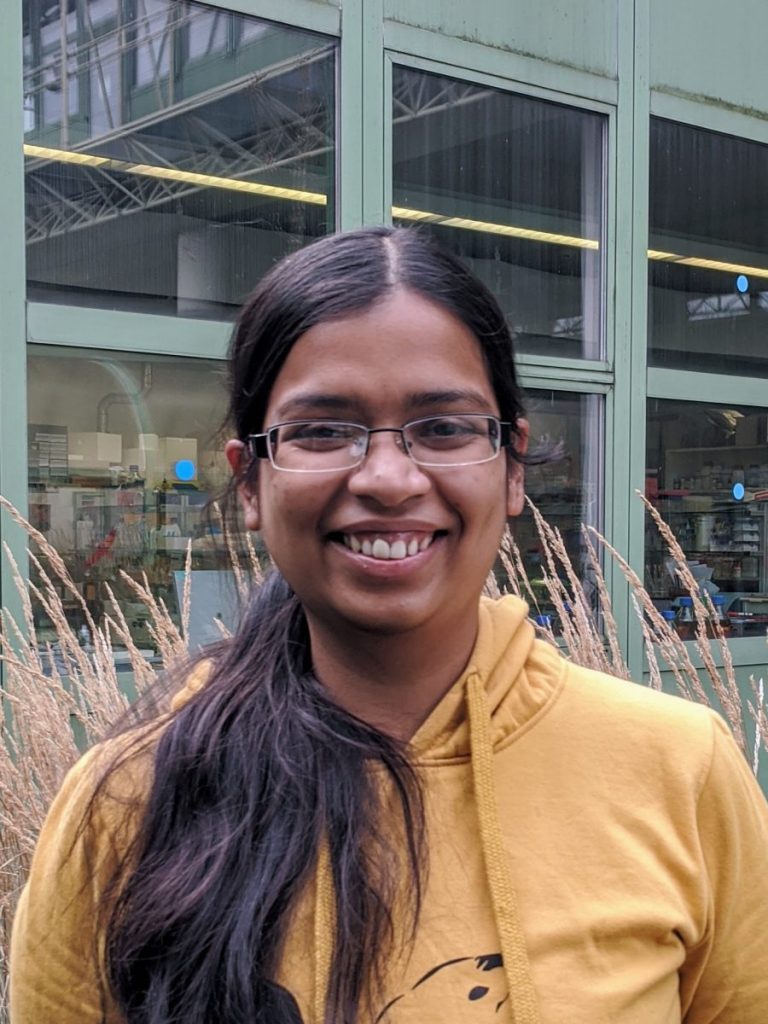Welcome to Nadine Harmsen, who is doing her MSc project with us, coming all the way from Zurich 🙂
Massimo Amicone, who did his PhD at the IGC in Portugal has also joined this month.
We are really happy to have them both in the lab!
Welcome to Nadine Harmsen, who is doing her MSc project with us, coming all the way from Zurich 🙂
Massimo Amicone, who did his PhD at the IGC in Portugal has also joined this month.
We are really happy to have them both in the lab!
Open postdoc position in our group: we are looking for a chemist interested in how microbial communities transform their environments (machine oils and bioplastics). Come work with a fun, interdisciplinary group in Lausanne, Switzerland. The position would ideally start in February 2023 and funding is available for one year. Apply here by 31.12. or forward to whomever you think may be interested!
A big welcome to Clément who joined us (yes, I’m a bit behind) in June! We are really enjoying all the exciting ideas and contagious energy he has brought to the group!
Go read about our latest work:
Andrea Dos Santos has led the work on the first one, together with Rita Di Martino and Samuele Testa. The work shows how growth media can sometimes be inhibitory to bacteria, which can make it hard to identify their interactions with other species. Read more here.
Philippe Piccardi submitted this one just before leaving the lab, work that he started with Géraldine Alberti for her Master project, in collaboration with Jake Alexander from ETHZ. We show that microbial communities can promote the growth of invasive species when the environment is harsh, but invasions become harder as these communities co-evolve. Read more here.
Congratulations to all involved!
Welcome to Michela Lain! She joins us from Italy to work on biofilms in Metal Working Fluids.
We are looking for a postdoc to work on modelling the ecology and evolution of microbial communities! The position is relatively flexible in topic, but the chosen candidate will be expected to integrate their work tightly with experimental data and participate in teaching and supervising students. Funding is available for up to 3 years. More details and the application procedure can be found here. Deadline to apply is February 15th.
We’re really happy to welcome Rupali, a PhD student in Amrita Hazra’s lab in IISER Pune. She is visiting us until Christmas to work on spatial patterning in E. coli vitamin auxotrophs and their interactions with our bacterial community.

Yesterday, Philippe Piccardi became the first PhD graduate of the lab! He gave a beautiful public defense, followed by the best (and first ;)) post-covid party ever! Congratulations Dr. Piccardi!!
Shota’s paper is out in the Journal of Royal Society Interface!! Well done Shota, and a big thank you to Mauro for the wonderful collaboration!
Read more here to find out how fluctuations in environmental conditions together with demographic noise can exclude even the fittest species in some communities, thereby increasing community beta-diversity.
Congratulations to Pablo Guridi for a well-deserved prize! His thesis, submitted in January was judged the best of his year among Master students of Molecular Life Sciences!
Pablo developed mathematical and individual-based models for two projects: drug-delivering bacteria following a circadian rhythm, in the context of the iGEM competition, and bacterial community breeding in our lab. Well done, Pablo!!